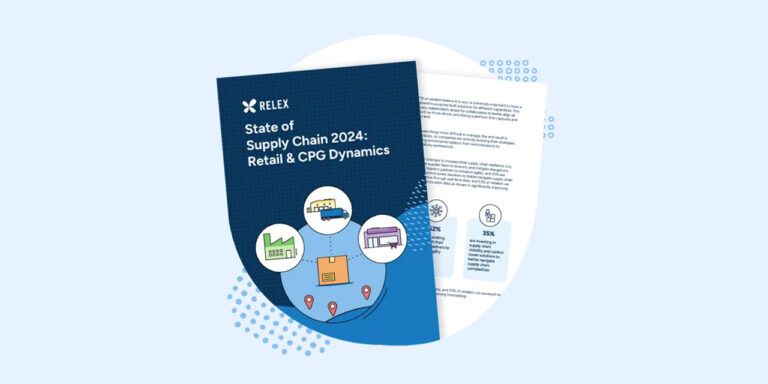The coronavirus crisis brought a sudden increase in demand for ecommerce that caught many retailers off guard. While consumers had already been shopping online for some time, the pandemic brought about a significant surge in those purchases. This trend signals a step change in this already growing market, even as brick-and-mortar stores reopen around the world. What can retailers do now to manage the growing ecommerce side of their business?
In a June 2020 webinar, Managing the Shift to Ecommerce, RELEX Senior Retail Advisors Joel Banck and Laurence Brenig-Jones got together to discuss:
- What it takes to manage ecommerce demand successfully
- How retailers can integrate and optimize their growing ecommerce business
- How retailers should adapt their planning processes to better prepare for the future
During the pandemic, retailers needed to find new ways of working when they experienced a stress test like never before on their operations. Brenig-Jones shares an example of one multichannel retailer that had not prioritized their existing ecommerce platform. When the pandemic hit and online demand increased, they had to rapidly change their operating model in the short term to unlock capacity and handle the influx of orders.
Simply bolting ecommerce onto an existing retail strategy is not sustainable. It is also expensive, and consumers are not willing to absorb the increased costs. To be successful with ecommerce and make it profitable over the long term, retailers must instead create a separate strategy that takes into consideration the unique demand patterns, capacity for order fulfillment, technological requirements, forecasts, and consumer expectations that all differ from in-store shopping.
All retailers need to establish which services they will offer their online customers, such as same-day delivery or click-and-collect. These services will help determine how orders should be fulfilled, whether from an open store, a dark store, a dedicated fulfillment center, or a hybrid model, and will drive operational and capacity needs. Additionally, retailers need to decide whether they will only sell their core items online or expand their offerings. For example, a grocery retailer may only sell food through its online portal, or it may make its non-food merchandise available for purchase as well.
Banck notes that while there is no one-size-fits-all process for developing an ecommerce strategy, there are three planning steps that can have universal benefits:
- Accurately forecast all demand to create channel-specific projections.
- Optimize end-to-end operations, leveraging existing assets to release costs and help fuel investment.
- Make strategic investments to reshape the network so it fulfills the needs of any ecommerce aspirations.
To learn more about the steps that retailers can take to strategically grow their ecommerce business and manage changes in consumer demand, check out the full presentation.




